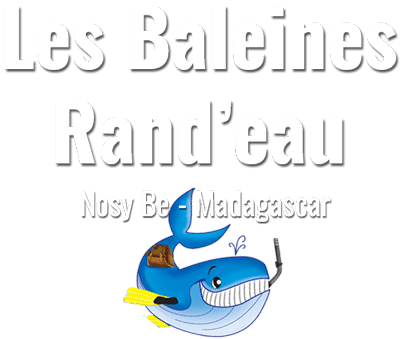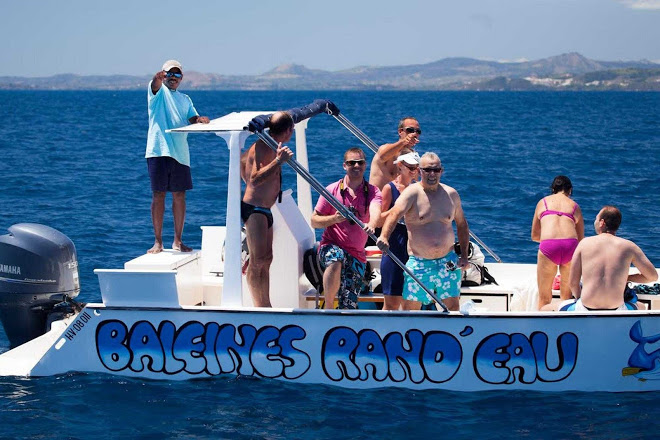Manta rays are pelagic species, usually observed near the surface, rarely more than 40 m deep, but present much deeper (the giant manta ray has been recorded up to 1000 m deep). They are often observed in reef passes. They frequent coastal waters, near coral reefs.
Manta rays are found in most tropical seas of the globe (circumtropical), but also in certain temperate waters (Canary Islands, Madeira). In the West Atlantic, they are found from Bermuda to South Carolina (sometimes further north since it has been observed exceptionally in Canada), and from Brazil to Uruguay.


